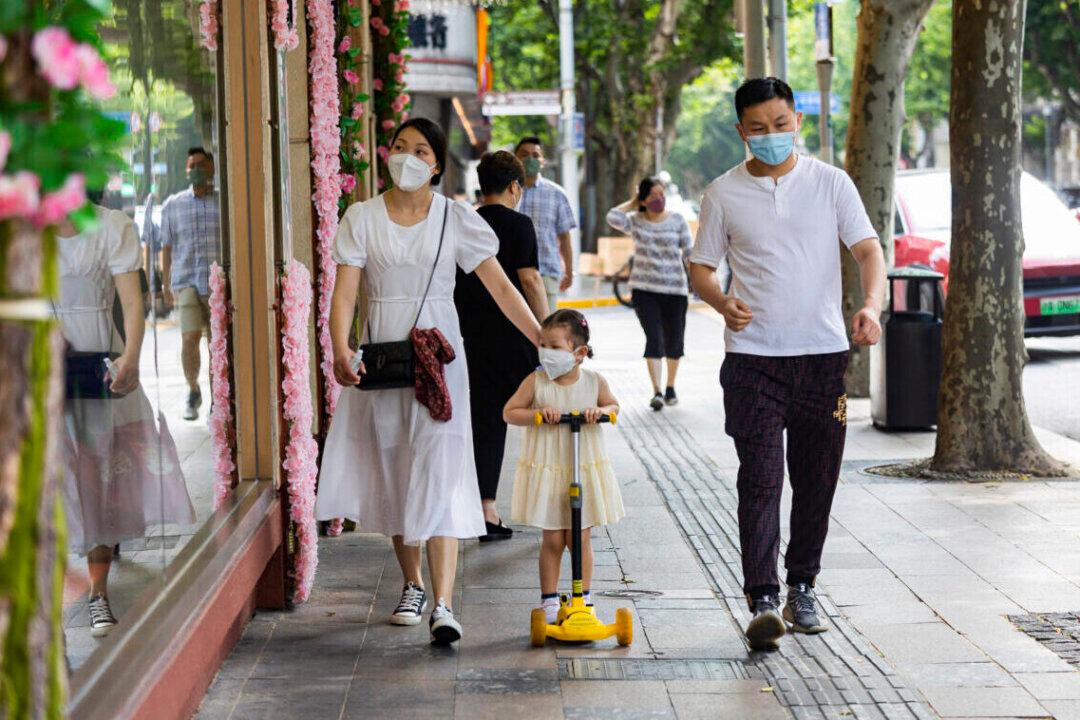Cars roar down the streets. Dog walkers roam through city parks. Luxury malls open their doors and turn on their lights.
A total of 65 days later, Shanghai has finally come back to life—but normality seems a distance away.

Cars roar down the streets. Dog walkers roam through city parks. Luxury malls open their doors and turn on their lights.
A total of 65 days later, Shanghai has finally come back to life—but normality seems a distance away.